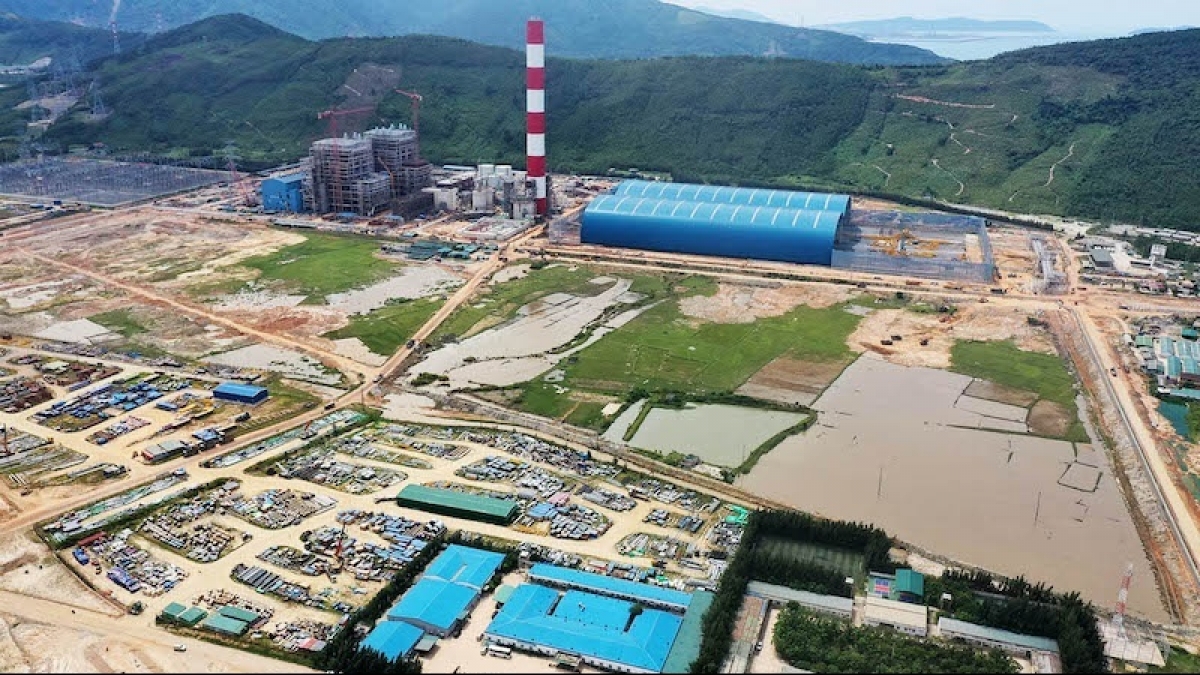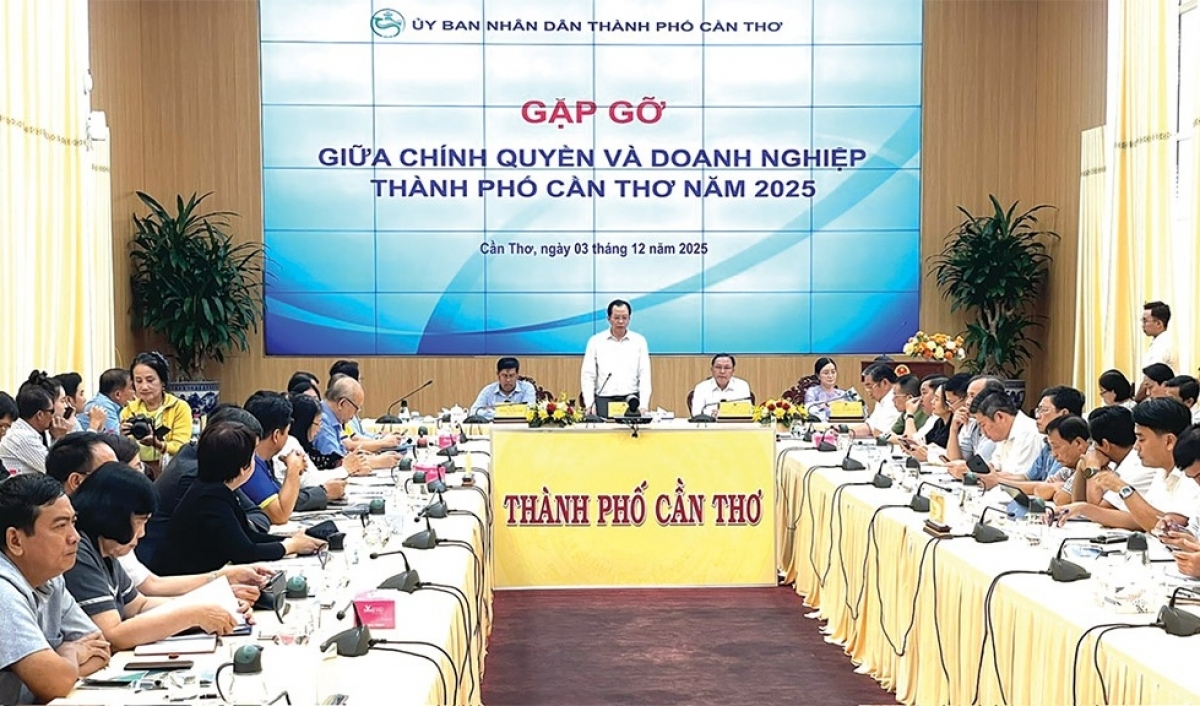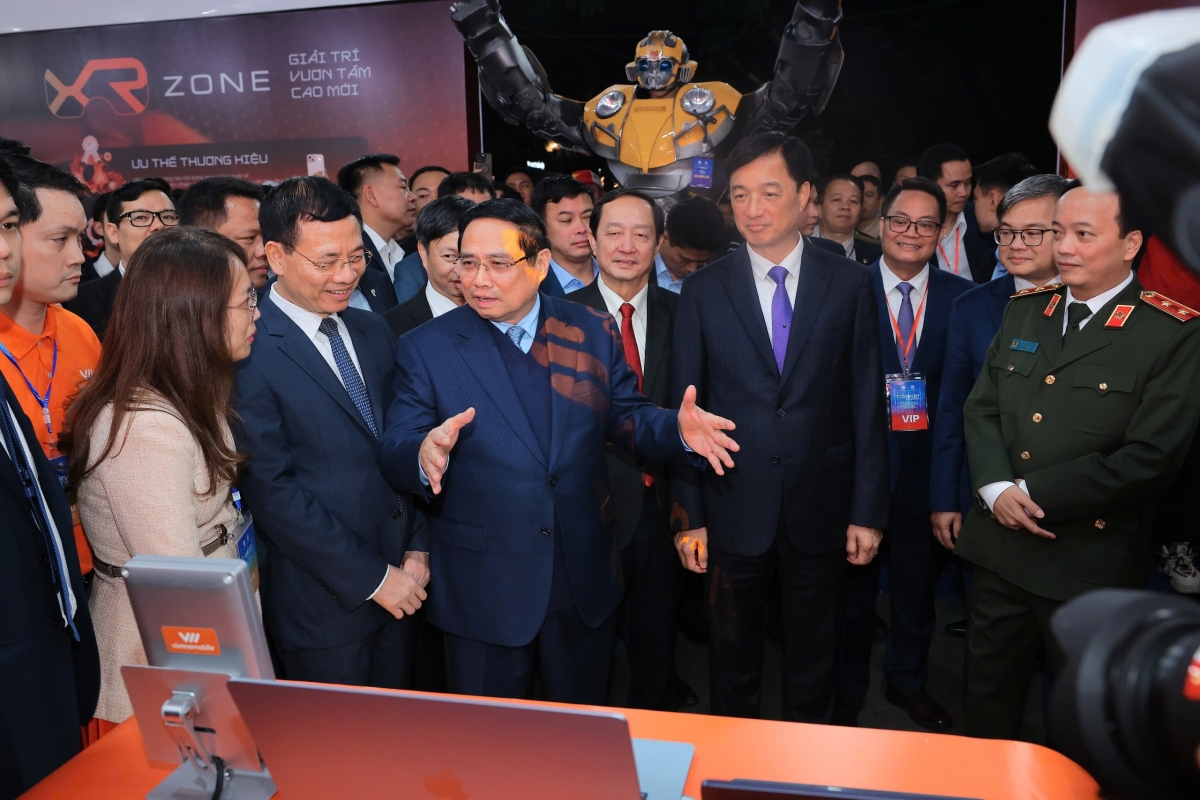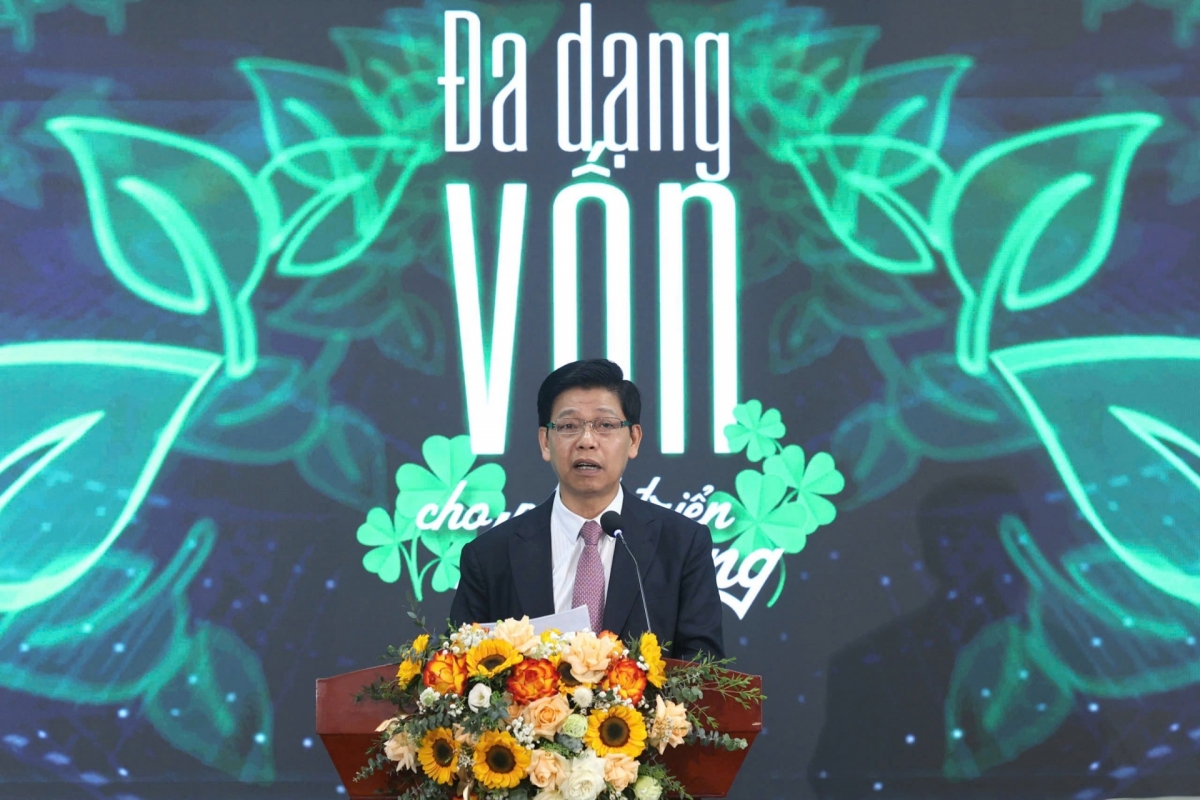INTERNATIONAL INVESTMENT
AND PORTAL
Investors stand to benefit from the Vietnamese government’s prioritisation of strategic technologies, including AI, semiconductor technology, cloud computing, 5G/6G, blockchain, quantum technologies, robotics, and advanced materials.
 William Gray, financial advisor Infinity Solutions
William Gray, financial advisor Infinity Solutions
Resolution No.57-NQ/TW affirms Vietnam’s commitment to establishing sector-specific preferential policies, including tax incentives, credit support, and public procurement preferences, particularly for enterprises that engage in research, development, and high-tech manufacturing. Strategic digital infrastructure projects (such as national data centres, satellite communication, and smart cities) offer substantial public-private partnership opportunities.
Moreover, it highlights Vietnam’s intention to attract at least five leading global technology enterprises to establish headquarters, research and development (R&D) centres, and manufacturing facilities domestically by 2030. This is not merely aspirational, it mandates tailored incentives and regulatory flexibility for such investors.
Resolution 57 mandates comprehensive legal reforms in key laws governing investment, public procurement, taxation, and intellectual property. Vietnam will institutionalise a pilot regime allowing technology experimentation, provide safe harbour protections for trial-phase technology failures, and expand legal grounds for venture capital and technology transfer. These reforms reduce regulatory friction, encourage risk-taking, and assure investors of a more supportive legal environment.
It also creates human capital and talent mechanisms. Vietnam commits to training a digital-ready workforce and offering special mechanisms to attract foreign experts and overseas Vietnamese talents. Investors will benefit from a rapidly expanding base of technical professionals and are encouraged to participate in talent development initiatives, including co-establishing training centres and digital universities.
With a target of digital economy contributing at least 30 per cent of GDP by 2030 and 50 per cent by 2045, Vietnam signals vast demand for digital products and services. Sectors such as healthcare, finance, logistics, education, and more are slated for comprehensive digital transformation, all of which create sustained demand for tech solutions from foreign and local vendors.
Vietnam’s ambitions echo the trajectories of several successful digital economies, and there are key international models from which Vietnam can draw inspiration.
For example, Singapore’s success is built on strong legal infrastructure, strategic foresight, and institutionally coordinated innovation. The establishment of bodies like the Infocomm Media Development Authority and an aggressive agenda exemplify how institutional clarity, unified digital strategies, and trust in public data use can accelerate transformation.
Vietnam, with its plan to establish a central steering committee chaired by the Party general secretary, is similarly positioning digital development as a national strategic imperative. However, Vietnam must ensure effective horizontal coordination across ministries and localities to avoid fragmentation.
In South Korea, its early investment in semiconductors, broadband infrastructure, and conglomerate-led innovation ecosystems propelled it into a technology powerhouse. Through targeted subsidies, technology parks, and close state-enterprise alignment, it successfully incubated global giants like Samsung and SK Hynix.
Vietnam’s plan to develop national-level technology zones and support the emergence of 10 world-class digital technology enterprises is aligned with this model, but to emulate it effectively, Vietnam must focus on scaling local enterprises through export incentives and global value chain integration.
While Resolution 57 is ambitious and forward-looking, effective implementation and investor confidence require several critical enablers.
Vietnam should ensure that legal reforms are not only comprehensive but also coherent and enforceable. Foreign investors often cite ambiguity in policy execution and inconsistencies between central and local authorities as major hurdles. Mechanisms should be put in place to ensure legal predictability, especially in intellectual property rights, data protection, cross-border data flows, and tech transfer.
In addition, recognising data as a national resource is necessary, but Vietnam must strike a delicate balance between sovereignty and openness. Clear definitions of data ownership, rules for data localisation, and a transparent personal data protection law will be vital. Vietnam should align with international standards to facilitate cross-border operations and enhance trust for global investors.
While Resolution 57 addresses talent development, implementation must overcome systemic challenges in STEM education and brain drain. Vietnam should modernise curricula in emerging technologies and create pathways for foreign experts to work without admin burdens. Facilitating industry-academia partnerships and incentivising lifelong learning can also enrich the ecosystem.
To nurture innovation ecosystems, Vietnam should facilitate links between enterprises, universities, research institutes, and state actors. Specialised tech clusters, complete with digital infrastructure, labs, and venture support, should be designed with sector-specific focus, such as AI in Hanoi, semiconductors in the central city of Danang, and smart logistics in Ho Chi Minh City.
Vietnam must also continue leveraging its international commitments, such as free trade deals, to open technology investment channels. Proactive engagement in setting international standards, participating in global AI governance, and joining tech-focused multilateral initiatives will enhance Vietnam’s credibility as a responsible and strategic partner.



















